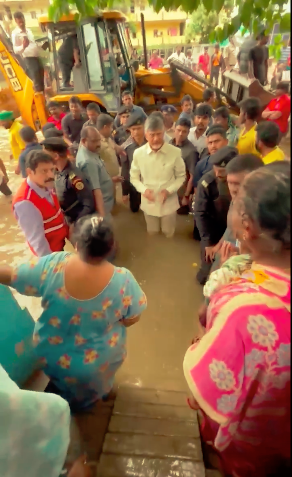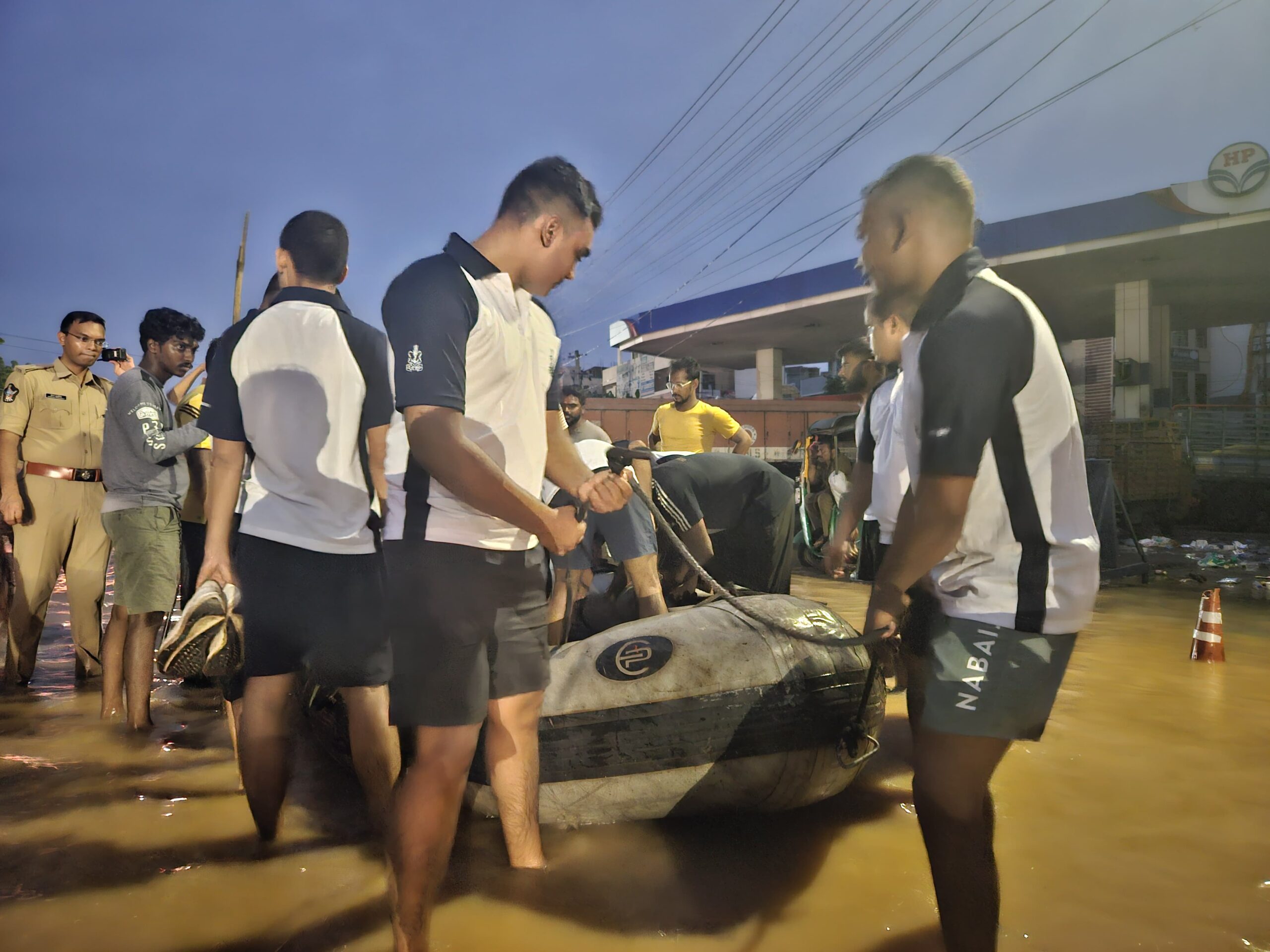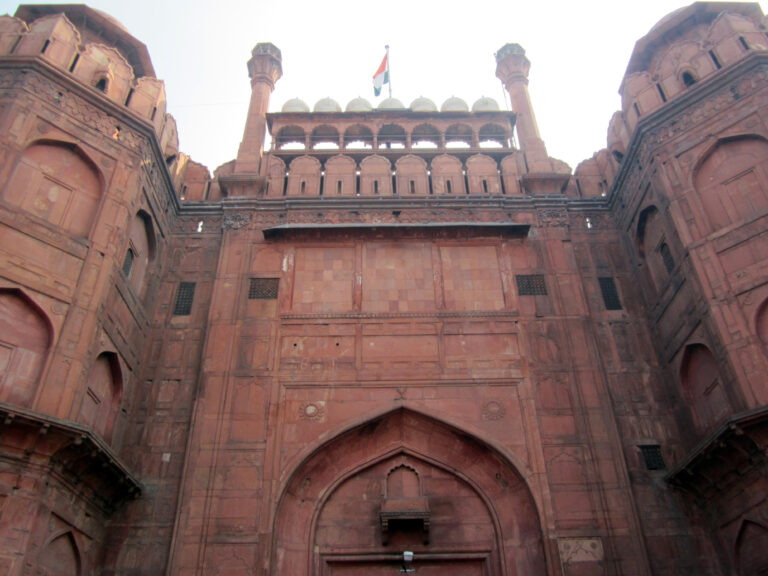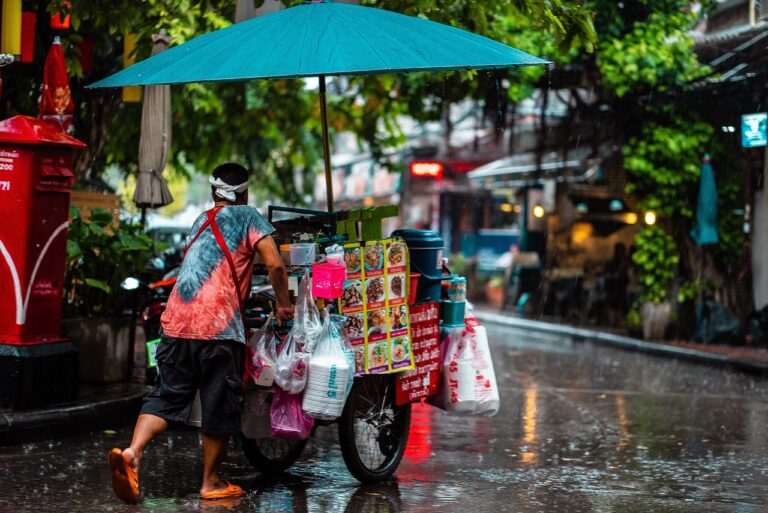
Andhra Pradesh Chief Minister Nara Chandrababu Naidu pays visit to a flood affected locality.
Vijayawada: Flash floods and torrential rains in coastal Andhra Pradesh for the last three days since Sunday, September 1, 2024, have left the state completely paralysed with heavy damage to life and property in Krishna, Guntur and other adjacent districts.
At least 20 people have died so far and several are missing and property damage is yet to be assessed since many places are waterlogged.
Chief Minister Nara Chandra Babu Naidu is personally overseeing the relief and rehabilitation works. Prime Minister Narendra Modi and Home Minister Amit Shah spoke to Naidu and reviewed the situation and extended full cooperation in restoring normalcy.
However, the natural calamity, besides causing widespread devastation, has also resulted in political noise among the political parties and leaders who try to take credit while blaming the rivals. In the wake of flash floods and also during relief operations, the Opposition led by former Chief Minister and YSR Congress party leader Y S Jagan Mohan Reddy has made fierce and provocative criticism of the government in handling the ground situation.
The YSR Congress Party, having been decimated in the recent AP Legislative Assembly elections, is yet to recover from the shock. The internal situation in YSR is so shaky that the party is clueless over the shifting of loyalties by its public representatives to the ruling Telugu Desam Party ( TDP) under the leadership of Chandrababu Naidu. It may be mentioned here that two Rajya Sabha members belonging to YSRCP, M Venkatramana Rao and Beeda Mastan Rao have resigned from their Rajya Sabha membership, having decided to join the ruling front.
In this context, it is felt that the Opposition is perhaps of the view that any criticism of the government’s handling of the present calamity could boomerang on the party, given the agony faced by the affected people. It is a different matter that such silence of the opposition party may not be a positive sign for the ruling front when it comes to proper handling of flood situations. With Chief Minister Chandrababu himself offering food packets to the affected people past midnight, the ruling Telugu Desam Party-led alliance does not need spin doctors to put across its message.
Andhra Pradesh received cumulative rainfall of 80.9 mm in three days from August 31 to September 2, 2024. The Krishna delta region received unusual rainfall. The NTR district received a cumulative rainfall of 329.7 mm in three days, while Krishna district received a cumulative rainfall of 223.8 mm. Guntur received a cumulative of 242.6 mm as against the normal rainfall. As many as 26 National Disaster Response Force (NDRF ) teams and 21 State Disaster Response Force teams are deployed in the state for rescue operations. Over 100 trains have been cancelled, and multiple trains have been diverted due to water logging over tracks at several locations in the state.

The capital city of Vijayawada is the worst affected even as the floods receded and the rain stopped. More than seven lakh flood-affected people of the state are being sheltered in various relief camps with food and medical aid. Arrangements are being made to distribute 10,000 medical kits by helicopters and extensive use of drones in distributing food to far-flung areas. The National Disaster Response Force (NDRF ) and the State Disaster Response Force are shifting the flood-affected people to safer places and relief camps. So much so, that highways and major link roads are battered; rail tracks are inundated and crops are completely submerged on thousands of acres of land.
It may be mentioned that the 1998 floods of the Krishna River had a great impact on the combined state of Andhra Pradesh. Chandra Babu Naidu as then Chief Minister of Andhra Pradesh, did not allow officials to release flood waters to store the surplus water at the Srisailam project for meeting the needs of the state for both agriculture and drinking purposes besides power generation. Srisailam project was designed initially for power generation. However, due to the changing priorities of successive governments, the project became essential for meeting irrigation needs as well.
This point might have driven Chandrababu then to act like that. But as the flood situation worsened all of a sudden this time, the official machinery could not handle the situation properly, leading to the submergence of the powerhouse at the dam site. The resulting situation forced the official machinery to hurriedly lift all the gates to release a huge amount of water downstream. Then flood water created havoc downstream at both Nagarjuna Sagar and Prakasham Barrage.
During floods caused by Krishna River in October 2009, the situation was handled by then chief minister K Rosaiah. Ahead of heavy inflows, the reservoir of Nagarjuna Sagar was so handled as to prevent disaster in four districts. During that flood, nearly 400 TMC of water passed through the Nagarjuna Sagar.
*Senior journalist





